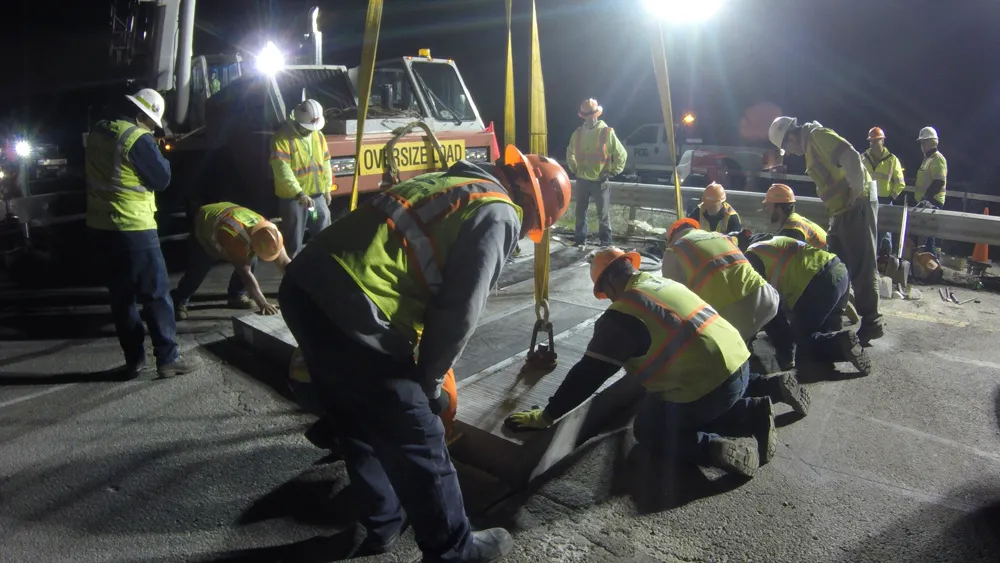Oklahoma Department of Transportation recently carried out a trial of
These systems provided Oklahoma with new, technologically advanced facilities that enabled cost effective screening of commercial vehicles for weight, credential or safety violations.
Over two days of operation, at two port-of-entry sites, a number of tyre anomalies were successfully identified by the TACS system. These included old and worn tyres, worn tyres adjacent to new tyres and flat or missing tyres. Of those vehicles identified as having anomalous tyres, 90 per cent had serious enough tyre defects to place the vehicle out of service.
With tyre anomalies being identified at a rate of one per hour of operation during the study, TACS offered an opportunity to efficiently target significant numbers of unsafe commercial vehicles using an automated process.
For the study, a custom interface displayed vehicle records sequentially in a similar fashion to IRD's virtual weigh station and operator workstation software, providing a side-fire photograph and the data obtained from the VectorSense tyre sensor suite, which included speed, number of axles, tyre width, lane position and highlighting of any tyres identified as anomalous. The simple layout effectively highlighted commercial vehicles with tyre anomalies.
Oklahoma trials IRD’s tyre safety system
Oklahoma Department of Transportation recently carried out a trial of International Road Dynamics’ (IRD) Tyre Anomaly and Classification System (TACS) powered by the VectorSense tyre sensor suite. These systems provided Oklahoma with new, technologically advanced facilities that enabled cost effective screening of commercial vehicles for weight, credential or safety violations.
September 21, 2017
Read time: 2 mins










